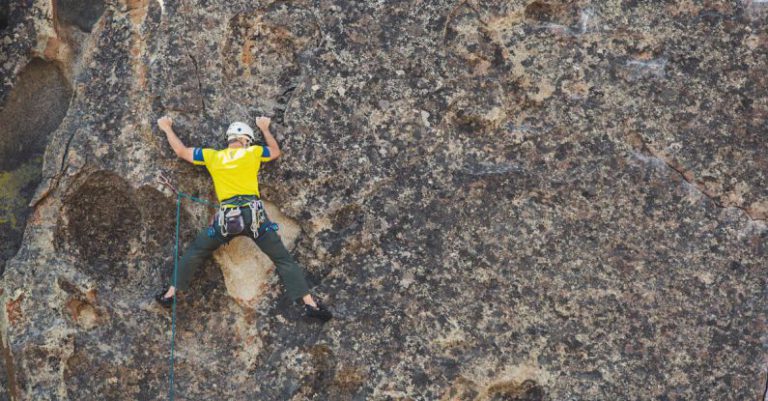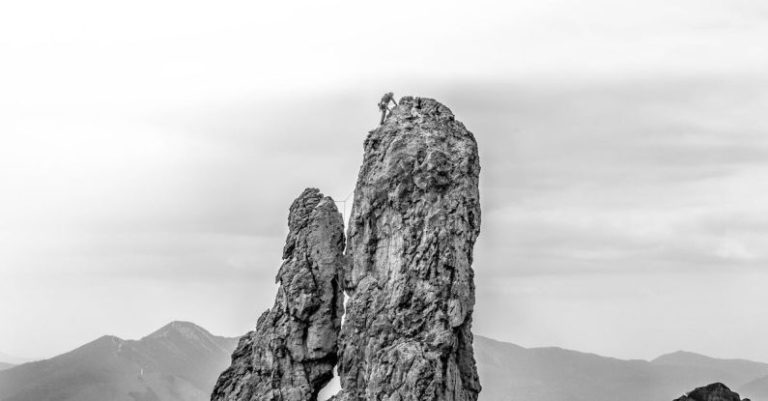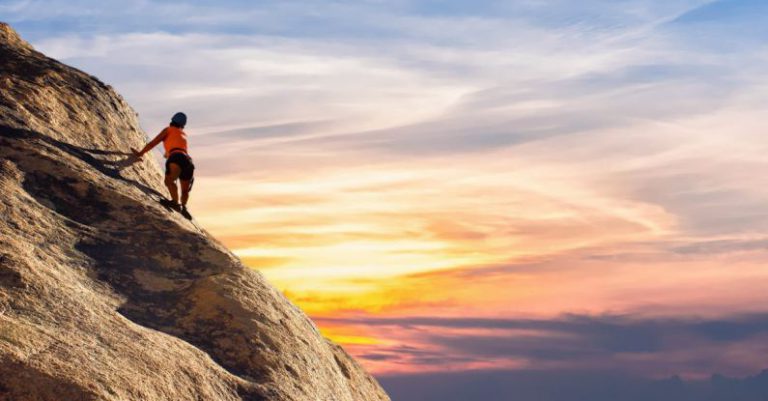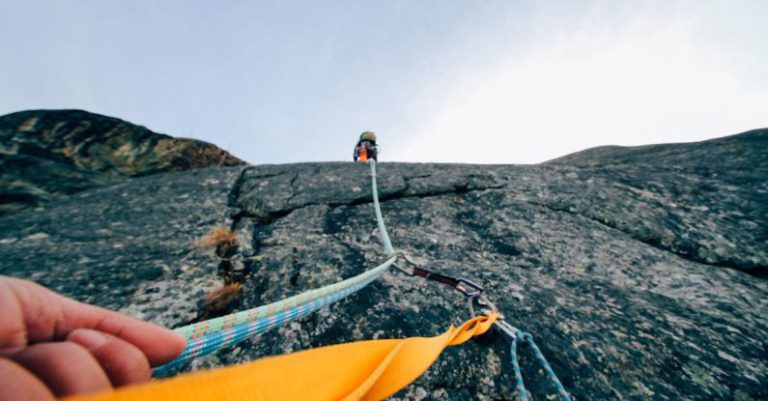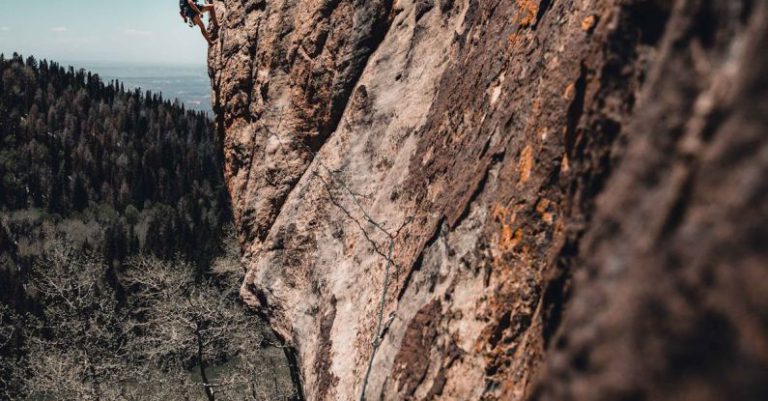
Setting up climbing anchors is a crucial skill for every climber, whether you are a beginner or an experienced climber looking to refresh your knowledge. Properly setting up climbing anchors ensures the safety of yourself and your climbing partners while ascending and descending routes. In this guide, we will walk you through the essential steps to set up climbing anchors effectively.
Understanding Climbing Anchors
Before diving into the process of setting up climbing anchors, it is essential to understand what climbing anchors are and why they are vital for safe climbing. Climbing anchors are the connection point between the climbing rope and the rock face, providing a secure point for climbers to clip into while climbing. They help distribute the force of a fall and prevent the rope from rubbing against sharp edges, minimizing the risk of rope damage and potential accidents.
Choosing the Right Anchor Points
The first step in setting up climbing anchors is identifying and selecting suitable anchor points. Anchor points can vary depending on the climbing environment, such as bolts, trees, rocks, or natural features like horns or cracks. When choosing anchor points, ensure they are solid, stable, and capable of withstanding the forces generated during a fall. Inspect the anchor points carefully for any signs of wear or damage that could compromise their strength.
Building Equalized Anchors
Once you have identified your anchor points, the next step is to build equalized anchors. Equalizing anchors involves distributing the load evenly between multiple anchor points to minimize the impact on each individual point. This is typically done using slings, cordelettes, or anchor-building devices like the quad anchor. By equalizing the anchors, you reduce the risk of a single anchor failing and increase the overall strength and reliability of the anchor system.
Securing the Climbing Rope
After building equalized anchors, it is time to secure the climbing rope to the anchor system. This is typically done using carabiners and slings or quickdraws. When attaching the rope to the anchors, make sure to use locking carabiners to prevent accidental unclipping. Additionally, consider using a backup knot, such as a figure-eight on a bight, to provide an extra layer of security in case the carabiners fail.
Testing the Anchors
Before committing to the climbing route, it is crucial to test the anchors to ensure they are secure and able to support the weight of the climber. This can be done by applying a gentle downward pull on the anchor system to check for any movement or signs of instability. If the anchors feel solid and show no signs of shifting, you can proceed with confidence knowing that your anchor system is reliable and safe.
Backup Systems and Redundancy
In addition to testing the anchors, consider incorporating backup systems and redundancy into your anchor setup. This can include adding additional anchor points, using redundant anchor-building techniques, or carrying extra gear like prusik cords and slings for emergency situations. By incorporating backup systems, you can enhance the safety and reliability of your anchor setup, providing an extra layer of protection in case of unexpected events.
Proper Cleaning and Maintenance
Once you have completed your climb and are ready to descend, it is essential to clean and maintain the climbing anchors properly. This involves removing all gear from the anchors, checking for any wear or damage, and leaving the anchor points in the same condition or better than when you found them. Proper cleaning and maintenance not only ensure the safety of future climbers but also demonstrate respect for the climbing environment and the climbing community as a whole.
In conclusion, setting up climbing anchors is a fundamental skill that every climber should master to ensure safe and enjoyable climbing experiences. By following the steps outlined in this guide, you can build strong, reliable anchor systems that provide the security and confidence needed to tackle challenging routes with peace of mind. Remember to always prioritize safety, double-check your anchor setups, and continuously improve your skills to become a proficient and responsible climber.
